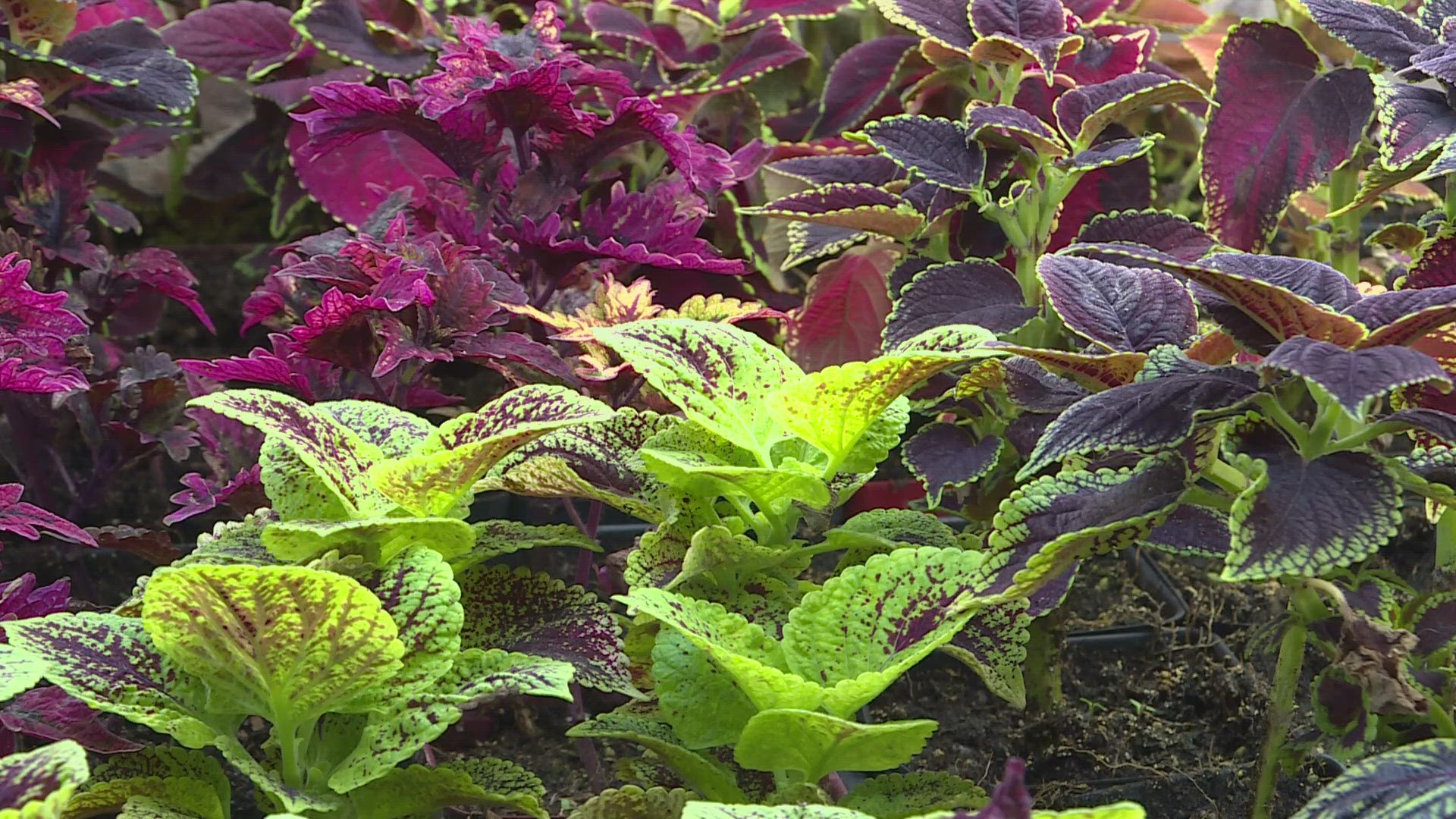KUSA - 9NEWSConsumer Reporter Mark Koebrich looks at a simple formula that many call a "tonic" for a drought stressed lawn. It's a formula you can mix yourself.
It's made up of five common household products that you measure out into 10-gallon hose-end sprayer. A former Golf Course Groundskeeper who lives in Parker, Tim Heffron, found it while watching television years ago in Oklahoma. "I started using it about five years ago back in Oklahoma where it's 100 degrees every day, day in and day out," says Heffron.
Heffron clearly has the best looking lawn in his neighborhood. He has no sprinkler system and only hand-waters his lawn sparingly. He does use small amounts of dry fertilizer as well.
You'll find many similar formulas on the Internet, and we've listed some sights below, but this is a formula that seems to work well in Colorado.
You can use any size hose-end sprayer you can find. Since our first story, many of the 10-gallon rated sprayers have sold out. The "10-gallon" size is just a reference to the hose-end sprayers capacity when under pressure from your hose. It does not mean the sprayer has a 10-gallon tank. Again, if you don't already have a hose-end sprayer (a device with a little plastic jug, usually about a quart to a quart-and-a-half in size, with a nozzle top that attaches to your hose) you can use any hose-end sprayer you can find.
Just adjust the mixture accordingly if your sprayer holds less than the recipe calls for. Most homeowners are telling us they need two sprayers-full to cover 5,000 square feet, or the average lawn. But everyone's sprayer has a different flow rate. The tonic is best applied in the evening after you mow. You do not need to water it in as you're applying it with water and it's already going to the roots of your lawn.
We have no had no reports of the tonic being hazardous to your pet.
The "Lawn Tonic"
-One full can of regular pop (any kind-no diet soda)
-One full can of beer (no light beer)
-1/2 Cup of Liquid dishwashing soap (do NOT use anti-bacterial dishwashing liquid)
-1/2 cup of household ammonia
-1/2 cup of mouthwash (any brand)
-Pour into 10-gallon hose-end sprayer (other sizes will work too)
-In high heat, apply every three weeks
The liquid soap is a wetting agent, helping the formula penetrate to the roots. The ammonia promotes growth and turns your lawn green, and the mouthwash does something you would never suspect mouthwash would do. It kills the bugs and grubs. NOTE: Do NOT use anti-bacterial dishwashing liquid in the mixture as it will kill off important microbes in the lawn and soil that help "digest" thatch.
"It essentially messes-up their re-productive cycles and keeps them out of your lawn and makes it look a lot better and leaves it minty fresh," laughs Heffron. And because it's applied with the hose sprayer, it's a direct shot to your sod. "When you don't have a lot of water and we're on watering restrictions, this is another way to get the nutrients to your lawn and keep it growing."

